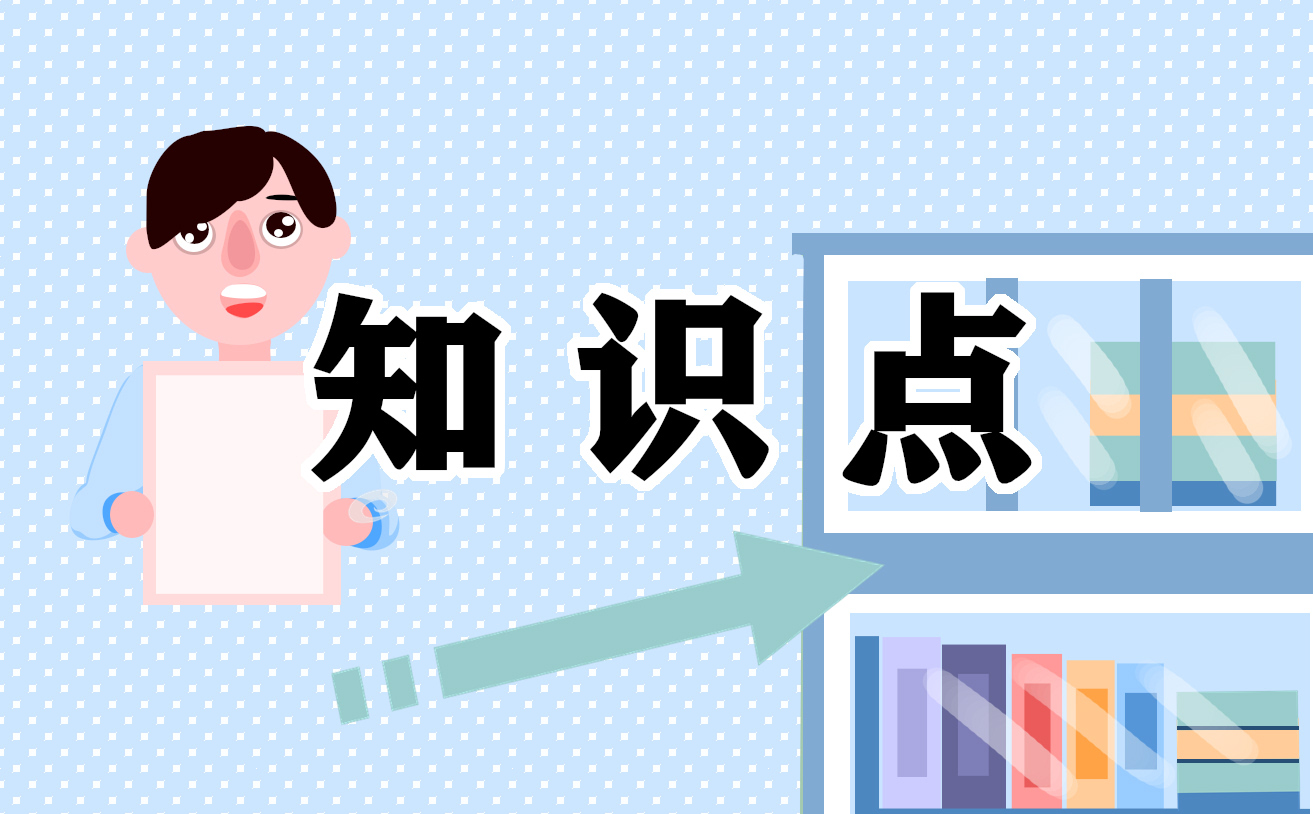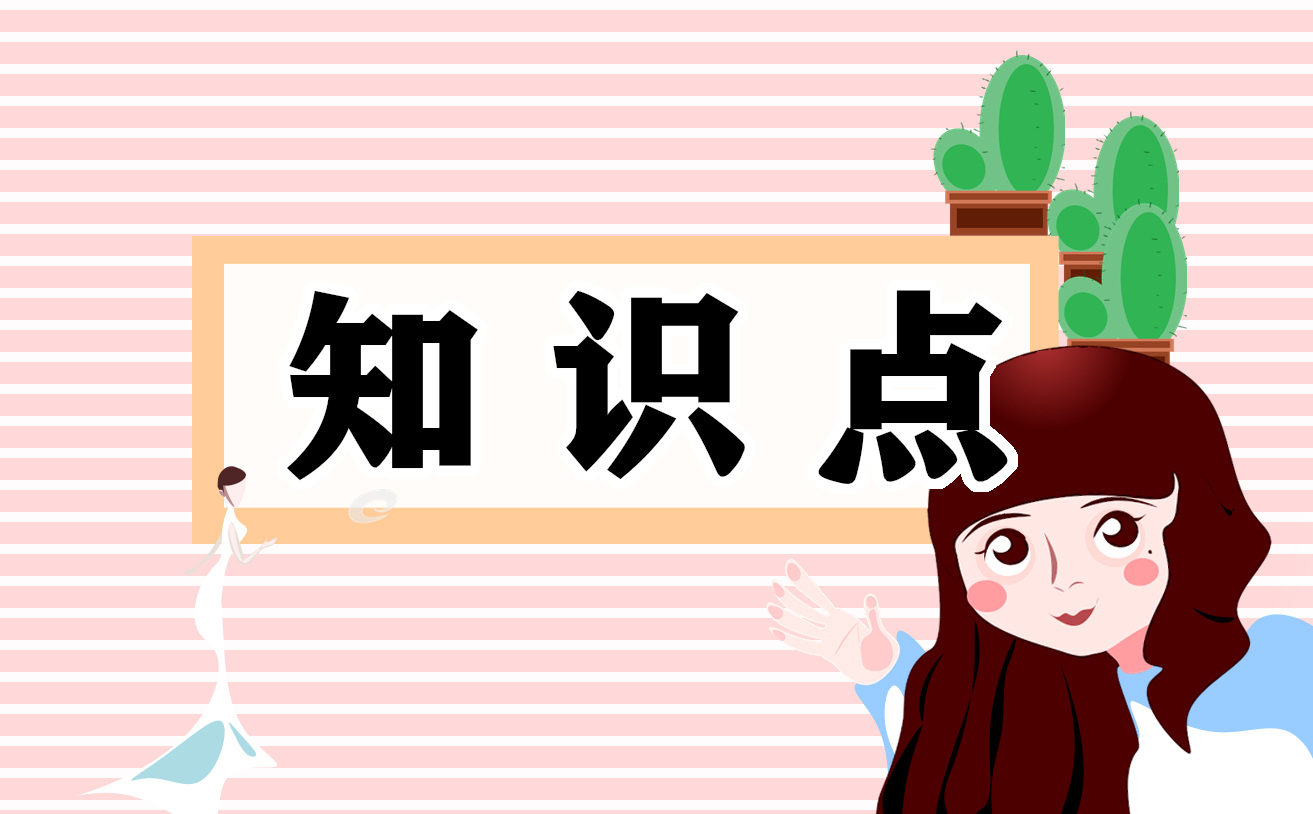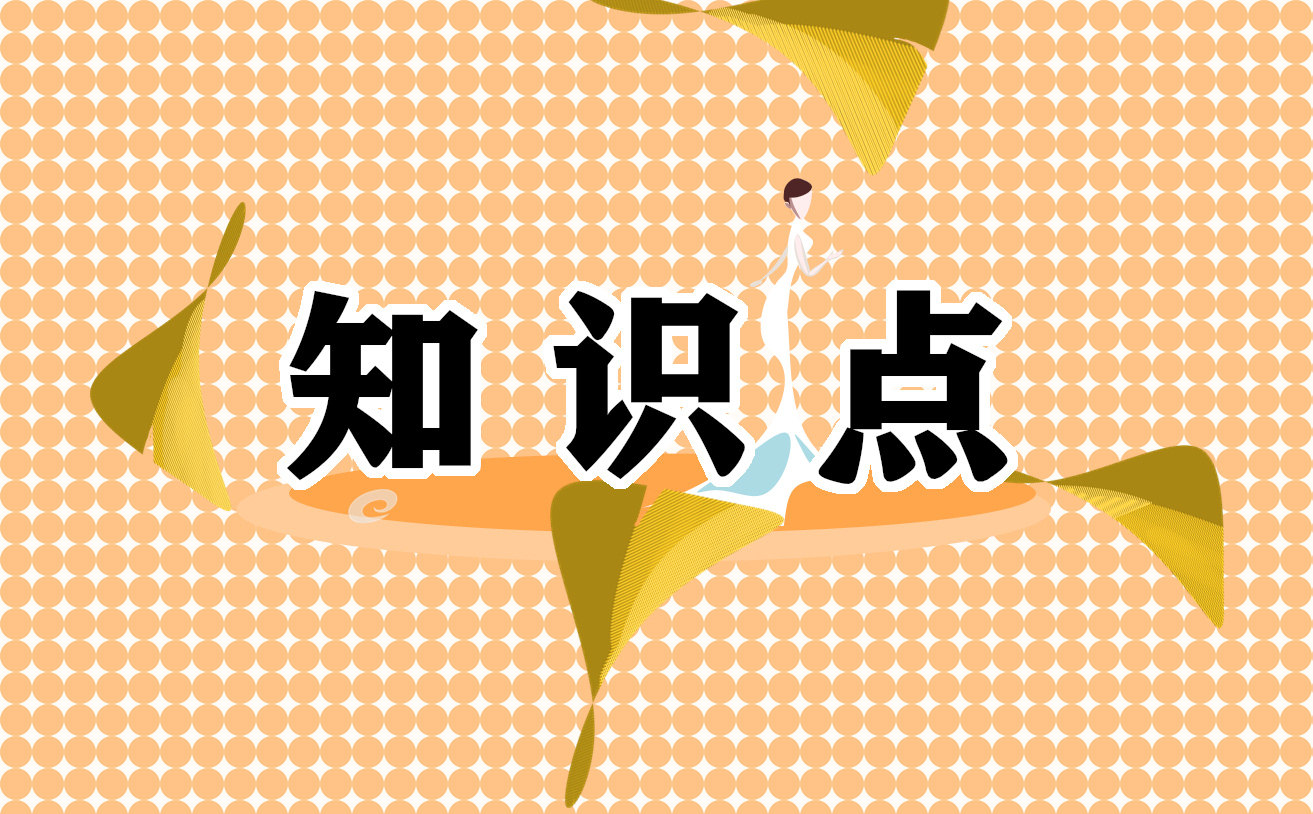你知道it的用法吗?快来一起学习吧,下面小编就和大家分享,来欣赏一下吧。
【基础语法】语法精炼之it的用法
一、it强调句型
在表示强调的结构中,it 可用作先行代词,这种结构的句型如下:It +is/was +被强调的部分+that +其他部分。如果强调的部分是人,可用who, whom 代替that.
例如:
Professor Wang teaches us English every Monday afternoon.
王教授每星期一下午教我们英语。
强调主语:It is Professor Wang who teaches us English every Monday afternoon.
强调间接宾语:It is us whom Prof. Wang teaches English every Monday afternoon.
强调直接宾语:It is English that Prof. Wang teaches us every Monday afternoon.
强调状语:It is every Monday afternoon that Prof. Wang teaches us English.
1)该上课了,快。
It is time for class. Hurry up.
2)从这儿到你们学校远吗? 不远,大约一公里。
Is it far from here to your school? No, it isn’t. It’s about a kilometer.
3)从我家到颐和园去很近。
It is very near from my home to the Summer Palace.
4)(天)正在下雨。
It’s raining now.
5)电灯是爱迪生发明的。
It was Edison who invented the electric light.
6)我认为学习一门外语是很重要的。
I think it important to learn a foreign language.
7)他通常一天读两次英语。
He made it a rule to read English twice a day.
8)从我家去天安门广场坐公共汽车大约要一个小时。
It takes about an hour to go from my home to the Tian’anmen Square by bus.
反意疑问句
反意疑问句相当于“对不对?”“好不好?”“行不行?”,用yes或 no 回答。由两部分组成,前一部分是陈述句,后一部分是附加疑问短语,中间用逗号隔开,所以反意疑问句又叫附加疑问句。通常的形式是:肯定的陈述句+否定的附加疑问,或否定的陈述句+肯定的附加疑问。
如:
He studies English, doesn’t he?
He doesn’t study English, does he?
They are from America, aren’t they?
They are not from America, are they?
反意疑问句的主要形式:
1.如果主句是be或其他助动词(如can, shall, will 等),其反意疑问句用同一助动词。
如:
We are late, aren’t we?
You haven’t met my wife, have you?
He can drive a car, can’t he?
They used to have difficulty in just making ends meet, didn’t (usedn’t) they?
You’d better eat with knives and forks, hadn’t you?
2.如果主语带有seldom, hardly, never, rarely, few, little等否定词或半否定词时,因为主句本身具有否定意义,附加疑问部分的动词用肯定式,
如:
We seldom go to the cinema, do we?
Sue almost never worked, did she?
3.如果主句部分是 “I am…”结构,由于”am not” 没有相应的缩略形式,附加疑问部分一般用aren’t I 代替。
如:
I am your friend, aren’t I?
I’m late, aren’t I?
I am a student, aren’t I?
在祈使句中的附加疑问部分一般用will you, won’t you.
4. 在祈使句中的附加疑问部分一般用will you, won’t you.
如:
Sit down, will you?
Have some tea, won’t you?
Open the window, won’t you?
这种句子可以理解为: Will you do something?
如:Will you open the window?
注意:否定的祈使句之后,只能用will.
如:
Don’t forget, will you?
Don’t make so much noise, will you?
5.以Let’s… 开头的祈使句,肯定的用shall we? 否定的用all right? 或OK?, 如:
Let’s go back to our seats, shall we?
Let’s not have hot food this time, OK? (all right?)
这种句子可以理解为:Shall we (do something?),
如: Shall we go back to our seats. 这样有助于理解和记忆。
注意:Let’s 与Let us 的区别:Let’s包括听话人在内,应用shall we, 而Let us 不包括听话人在内,表示“请你让我们…”,要用will you.
如:
Let’s watch the news on TV, shall we? (表示建议)
Let us watch the news on TV, will you? (表示请求)
6.主句是I suppose, I think, I believe等时,附加疑问部分则往往与that 从句中的主语和谓语动词保持对应关系,但要注意否定的转移。
如:
I suppose that you know the meaning of the word, don’t you?
(这句话明显是要问“你是不是知道?”而不是问“我是不是这样认为?”)
I don’t think that you have read the book, have you?
7.当主句的动词have 表示“拥有”时,附加疑问既可用have, 也可用do,
如:
You have a color TV set, haven’t you/don’t you?
当主句的have不表示“拥有”而表示其他意思时,附加疑问要用do,
如:
You had a cold yesterday, didn’t you?
They don’t have coffee with breakfast, do they?
8.There be句型的反意疑问句,用there 作主语。
如:
There is something wrong, isn’t there?
There won’t be any trouble, will there? 不会有任何麻烦,是吗?
9.陈述部分的主语是everyone, someone, anyone, no one, nobody等不定代词时,其疑问部分的主语可用he, 也可用they.
如:
Everyone knows it, doesn’t he/don’t they?
英语反意疑问句的回答有点和汉语的相反。但一定要记住:只要回答是肯定的,都用yes,只要回答是否定的,都用no。这在主句是否定句的时候要特别注意。例如:
Mr. Jones can’t speak French, can he? ? No, he can’t.
琼斯先生不会讲法语,对吗? 对,他不会讲法语。
Mr. Jones can’t speak French, can he? Yes, he can.
琼斯先生不会讲法语,对吗? 不,他会讲法语。
This is not a door, is it? -Yes, it is. It is an iron door.
这不是门,对吗? 不,这是门。是扇铁门。
二、形式宾语it
it作形式宾语,代表其后所说的真正的宾语。真正的宾语是以that 引导的名词性从句或不定式短语。例如:
I consider it wrong that you Chinese students learn English without comparing it with your own language.
我认为你们中国学生学习英语,不和你们自己的语言比较是不对的。
I find it not so difficult to learn a foreign language.
我发现学习一门外语不那么困难。
I remember I made it clear to you that I was not coming.
我记得向你明确表示过我不来。
They want to make it clear to the public that they are doing an important and necessary job.
他们要向公众表明,他们在做一件重要而又必要的工作。
三、形式主语it
动词不定式、动名词短语、从句在句子中起主语作用,而这一部分用词较多时,可以用it作为形式主语,放在句首代表其后所说的事实上的、真正的主语,而把真正的主语放在后面。
1.It +谓语+动词不定式。It 作形式主语,动词不定式作真正的主语。
例如:
It is difficult to climb a mountain. 爬山是很艰难的。
It’s a good habit to do morning exercises. 作早操是个好习惯。
It’s important to do proper memory work in the study of a foreign language. 在学习外语时适当地做一些有助于记忆的练习是很重要的。
It is right to do so. 这样做是对的。
2.It+谓语+动名词短语。It 作形式主语,动名词短语作真正的主语。
例如:
It is dangerous playing with fire. 玩火是危险的。
It is no use learning without thinking. 学而不思则罔。
It’s useless arguing with a silly boy. 和笨孩子争论是没有用的。
3.It +谓语+名词性从句。It 作形式主语,以that 引导的名词性从句是真正的主语。
例如:
It is a pity that you didn’t see such a good film.
你没看这么好的电影,真可惜。
It is certain that we shall succeed. 我们一定会成功。
It is strange that nobody knows where he lives.
真奇怪,谁也不知道他住在哪里。
(It is strange that…后面可用虚拟语气。
如:It is strange that he should have made such a mistake.
他居然犯了这样一个错误,真奇怪。
It is strange that nobody should know where he lives.
居然没有人知道他住在哪里,真奇怪。
It is said that the plane will take off at ten tomorrow morning.
据说飞机明天上午十点起飞。
IT还是HE
有这样一道题,哪空该填 it 哪空该填 he?
a. Jim is at the door. ______ wants to see you.
b. Someone is at the door. ______ must be Jim.
A. That, It B. It, He C. He, It D. Who, He
此题应选C。第a. 句填代词 he,是因为前面一句用了Jim这一身份和性别都很明确的名词;第b. 句填代词it,是因为前面一句了someone这一指代不明确的代词。
一般说来, 在指代身份或性别明确的人时, 通常要根据情况用代词he/she;若是指代身份或性别不明的人, 则用代词it:
I don’t know who it is. 我不知道那是谁。
A tall man stood up and shook hands with her. It was the general manager. 一个高个子站起来同她握了手,他是总经理。
Someone must have been here. But we have no idea who it was. 一定有人来过,但我们不知道是谁。
There was somebody standing in front of the shop, but I couldn’t see who it was. 商店前站着一个人,但我没看清是谁。
A: Who has let out the secret? 是谁泄漏了密秘?
B: It must be a big mouth. 一定是个快嘴。
A: I hear a knock at the door. 我听见有人在敲门。
B: It must be the postman. 一定是邮递员来了。
A: Do you know who that is? 你知道那个人是谁吗?
B: I suppose it is Mary’s father. 我想那是玛丽的父亲。
代词的用法
It的用法
1.作人称代词
John likes playing Pingpong./ He always does it in the afternoon.(指代上下文提到的事物);/It's time we went home. / How far is it from here to your home ? / It is getting warmer and warmer./ It's very quiet at the moment.(可指时间、天气、环境等)
2.引导词
A.作形式主语,代替由不定式、动名词或从句表示的真正主语。
It's important for us to learn a second language./ It's no use talking to him./ It's known to all that the earth goes round the sun.
B.作形式宾语,代替由不定式、动名词或从句表示的真正宾语。
We feel it our duty to help others./ He made it clear that he would leave the city.
C.强调结构:It is (was) +被强调部分+that (或who)…
注意:在强调结构中,如被强调部分为时间状语或地点状语,其后的连接词也绝不能为when 或where,而应用that 。在复习中,一定要注意句式的不同。
It was in Shanghai that I bought the guitar.(that引起强调句)
It was Shanghai where I bought the guitar.(where引起定从)
It was twelve o'clock when we arrived there.(when引起时间状语从句)
It was at twelve o'clock that we arrived there.(that 引起强调句)
3. it,one,that 的区别:作为代词,这三个词的对比使用是高考的热点之一。
—Why don't we take a little break? —Didn't we just have __________?
A.it B.that C.one D.this
The Parkers bought a new house but _________will need a lot of work before they can move in.
A.they B.it C.one D.which
one 用以指代同类事物中的任一,that 特指性强,指代可数与不可数词,而it指代上文提过的同一事物。
不定代词
不定代词种类较多,用法各异,在使用中一定要注意区别。
1、both,either ,neither 都表两者范围,在句中作主语、宾语、定语 ,both可用作同位语。both 意为"两者都",either 表"两者中任一个",neither表"两者都不"。
2、any,none ,all 表三者或三者以上范围,any 表任何一个、一些(不可数或复数概念,用于否定句、疑问句或条件从句中);none 表三者或三者以上中的哪一个都不;表示不可数物中的一点儿也没有;all 整个的;所有的(三者或三者以上);所有的(不可数)。
e.g.This book is a good seller,so you can buy it at any shop in Beijing./ None of us are/is perfect./ All of the village was flooded.
3、no one,nobody,none,nothing:no one,nobody表没有人,nothing 指没有什么事物,none 兼指人和物。none 着眼于数量概念。"特指的人或物一个也没有,一点儿也没有"。
—How many people are there in the hall ? —None.
—who wants to go with him ? —No one(Nobody).
—What can you see in the bottle ?—Nothing.
—Is there any water in it ?—None.
4、another,the other,the other+复数名词(或the others),other (或other +复数名词):another 表三者或三者以上范畴中的任一;与数词连用,表"再有";the other 表两者中的另外那个,特指;the other+复数名词(或the others),另外那些,表示其余所有的人或物,用于特指;others (或other+复数名词)另一些,表余下人或物中的另一些,泛指。
—I don't like this,show me another one.
If you want to change for a double room you'll have to pay_______$15.
A.another B.other C.more D.Each (A)
人称、物主、反身、指示代词
高考重点要求
1.掌握人称代词、物主代词、疑问代词、反身代词、指示代词的基本用法。2.重点掌握不定代词的指代含义及数的情况,能通过语境准确选取答案。3.掌握it的基本用法。
一.人称代词
1)分清主格和宾格形式。
eg:—I love you more than her,child ./ —You mean more than ___love her or more than she loves____?
A. you;me B.I;you C.you;you D.I;me
2)注意约定俗成的用法。
—Who is it ? —It's me .—I'd like to have a rest .—Me,too.
3)使用we 和you 泛指一般人
4)使用she代表国家、船只、月亮、大地等
China is a great country.She has a long history.
5)并列主语或宾语中顺序是:you,he(she) and I; we,you and they
二.物主代词:名词性物主代词――在句中做主语、宾语、表语、补足语,构成双重所有格:a friend of mine 。形容词性物主代词――只能起定语作用。
三.反身代词
1) 在句中作宾语、表语和同位语;2)单复数的确定;3)在一些语境中的特殊含义。
e.g. I'm not quite myself today.我今天不大舒服。/ Make yourself at home.不要拘礼;请随便吧。 / Don't get nervous,help yourself to what you like.别紧张,喜欢吃什么就吃什么。/ Have you enjoyed yourself today? 你今天玩得愉快吗?
四.指示代词
(一)this,that,these those
1.在句子中作主语、宾语、表语和定语。
2.this(these)一般指时间和空间上较近的人或物,而that (those)常指时间和空间上较远的人或物。e.g. This is a novel and that is a magazine.
3.this(these)一般指后面要讲到的事物,而that(those)常指前面讲到的事物。e.g. What he told me is this:he wanted to go to Beijing./ He didn't come.That is why he didn't know.
4.that,those 常用来指代前面提到过的某个名词。e.g. The oil output in 1998 was higher than that of 1995.( that 代替oil output) / The cars made in Japan are better than those in Germany.
(二)such
such引起倒装句,谓语数取决于后面主语的数:e.g Such is my answer./ Such are our people.
做定语,注意和so 的区别,尤其是在so …that, such…that 句型中。e.g. I have never seen such beautiful flowers.(复数名词前,so 不可) / I have never seen such a great film.(也可为so great a film) / We have such beautiful weather today that we should go out for an outing.(不可数词前,不可用so) / There are so many people in the hall that it's hard for me to find him.(在数量概念的many,much,little,few 之前,不可用such )
语法精炼之it的用法相关文章:
1.BEC商务英语翻译技巧
语法精炼之it的用法
+其他部。下面小编给大家分享语法精炼之it的用法,希望能帮助到大家。 语法精炼之it的用法文档下载网址链接:
下一篇:forgive的用法和辨析





